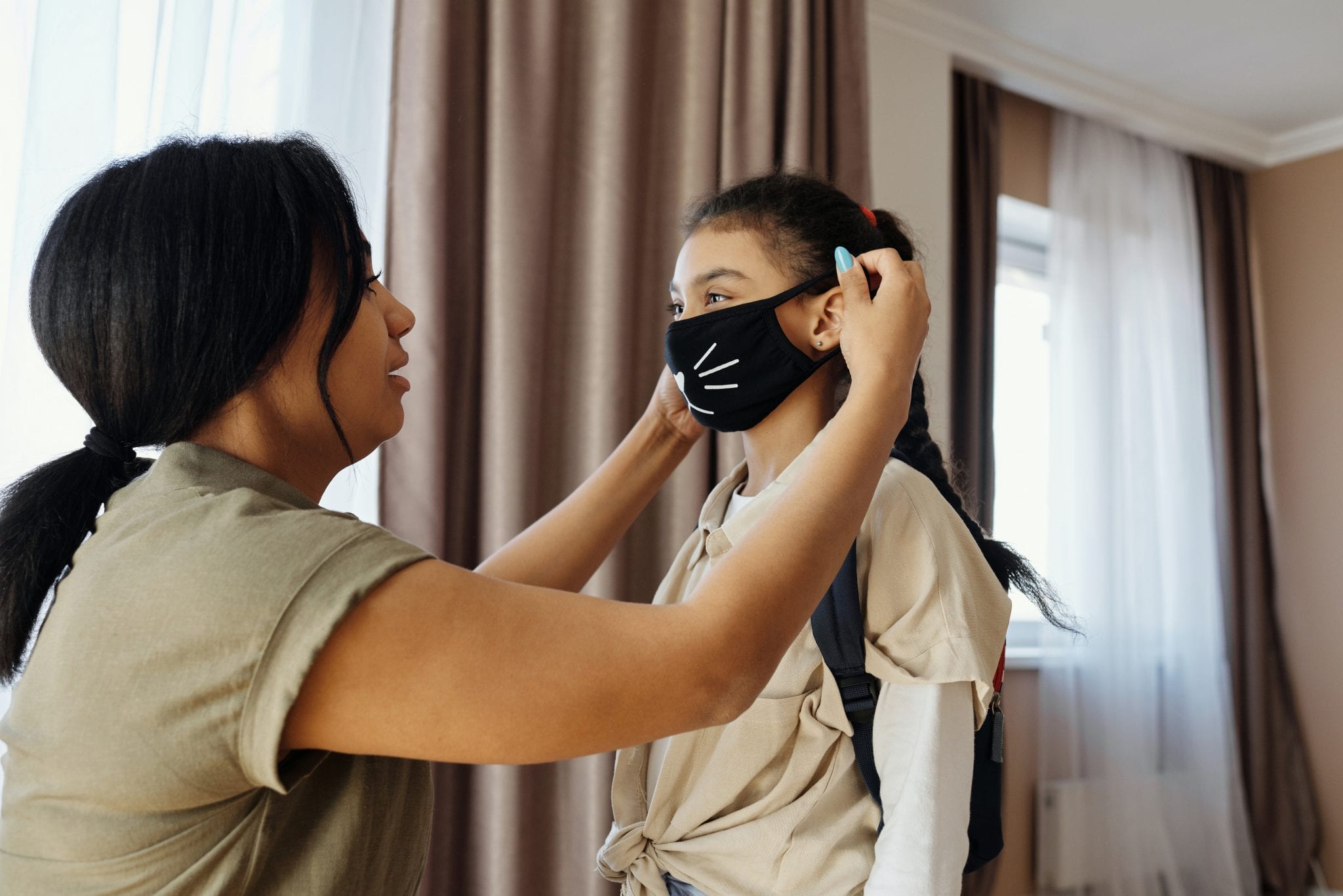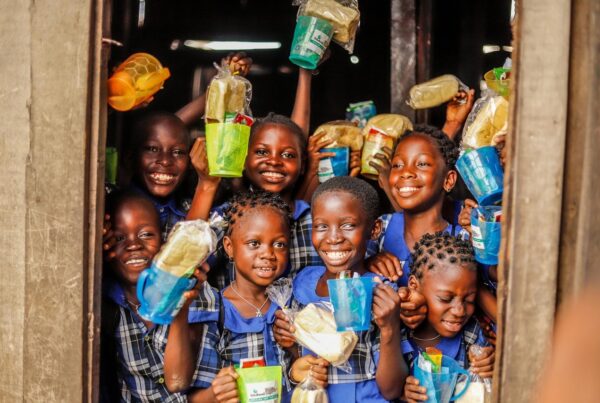By Molly C. Herndon
The recently coined term “shecession” reflects the tremendous financial burden the COVID-19 pandemic has placed on women. Women are more represented among service-industry jobs that were among the first to be cut during the early days of the pandemic. The grim data from the US Bureau of Labor Statistics indicates that nearly all jobs lost in December 2020 were held by women. Women have also been called on to be caregivers to relatives and school-teachers to children during the pandemic, at much higher rates than men.

From Bureau of Labor Statistics
In February, the National Endowment for Financial Education (NEFE) published survey data that shows 68% of Americans reported experiencing unexpected financial setbacks in 2020. The top setbacks included job loss, the inability to keep up with debt, and falling behind on bill payments.
The NEFE data showed racial disparities. Seventy-eight percent of Hispanic Americans and 76% of Black Americans were more likely than white Americans to have experienced big expenses or financial setbacks in 2020. Hispanic and Black Americans were also more likely to have experienced job loss in 2020.
The NEFE survey also showed that women were 28% more likely than men to report they could not keep up with debt or had fallen behind on bill payments. More women also reported the current quality of their financial life was worse than they expected it to be.
Before the pandemic, 3 out of 5 Hispanic mothers were defined as “key contributors” to their household’s income, and 4 out of 5 Black mothers were sole or primary earners. However, we know that even before the pandemic struck, women of color were earning less than White women, and much less than White men, making their ability to withstand the financial blows of job loss or unexpected expenses much more difficult.
Black women lost nearly one million jobs between February 2020 and January 2021. Today, Hispanic and Black women have unemployment rates at nearly 9%, compared to 5.5% for White women, and 6% for White men.
So, what can military service providers do to support the women we’re working with who have been financially impacted by the pandemic?
Food Access and Emergency Relief
Connecting families to basic needs is the top priority for those most severely impacted. Many military families qualify for Supplemental Nutrition Assistance Program (SNAP) benefits and mothers may qualify for Women, Infants and Children’s (WIC) benefits which can help offset the cost of food. Find out more about getting food to communities in need by watching a recent OneOp webinar, Resources for Addressing Food Access for Military Families here.
Military aid societies offer funding through grants and loans to support families who need help paying rent, finding food, and paying for medical expenses. Many of these organizations partner with other aid societies to offer additional programs, some of which provide grants for childcare for remote education assistance, and mentorship. Check the websites of each to see the programs available:
Navy-Marine Corps Relief Society
Job Support
Unemployed clients who left the service industry may need support to gain new skills, or they may need help navigating the job market. The Spouse Education and Career Opportunities (SECO) center offers a wealth of support for military spouses seeking employment, including a job search tool, information about access to education, training and licensing, and employment readiness tools like resume toolkits and support for managing employment challenges.
Another comprehensive job search engine is CareerOneStop.org, which also links to training resources.
Community Support
Many organizations have compiled lists of resources to support women through the pandemic, including links to homeschooling resources, and nutrition support for low-income families. The Center for Disease Control (CDC) has a list of resources to support female caregiver’s mental health during the pandemic.
By recognizing the additional risks women are experiencing during these challenging times, we can better support their needs throughout the pandemic. If you know of additional resources, email [email protected] to include them in this post.













